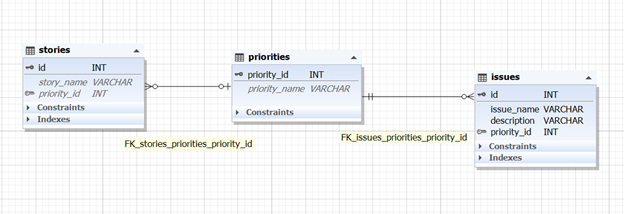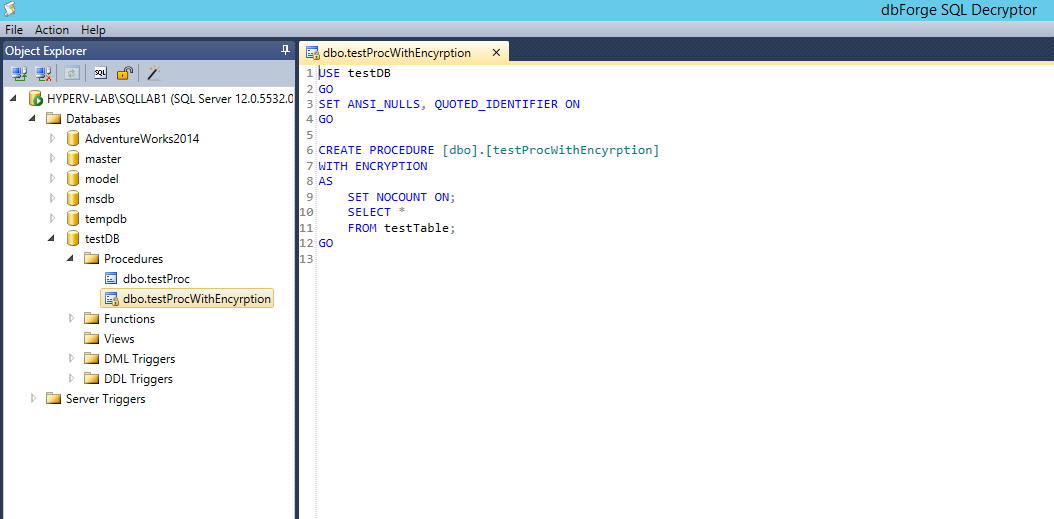

#Correct use of enum in mysql update#
In addition, if you need to perform any changes to the structure of the ENUM column itself, such as renaming the column or changing its data type, you will have to update all the references to that column in your codebase. When you use ENUMs in your database schema, it can make it difficult to maintain your codebase over time.įor example, if you need to change the set of allowed values for an ENUM column, you will have to update all the references to that column in your code, which can be error-prone and time-consuming. This makes them more scalable in situations where the set of possible values may change frequently or grow over time. In contrast, other data types like VARCHAR or TEXT can handle a larger number of possible values dynamically without requiring any structural changes. This can be a significant maintenance overhead, especially for large and complex databases.

This can be a slow and resource-intensive process, especially on a busy production database.įurthermore, if you need to remove a value from an ENUM column, you will also have to alter the table, which may require updating all the rows that use that value. For example, if you have a table with millions of rows and need to add a new value to an ENUM column, you will have to update all those rows to include the new value. This alteration process can be time-consuming, especially when dealing with large tables. Limited scalabilityĮNUMs can only hold a fixed set of values, which means that if you need to add more values to an ENUM column, you will have to alter the table structure.

In this section, we will browser some of these limitations. While ENUMs may seem like a convenient way to store data with a limited set of possible values, they come with a set of disadvantages that can cause problems in the long run.


 0 kommentar(er)
0 kommentar(er)
